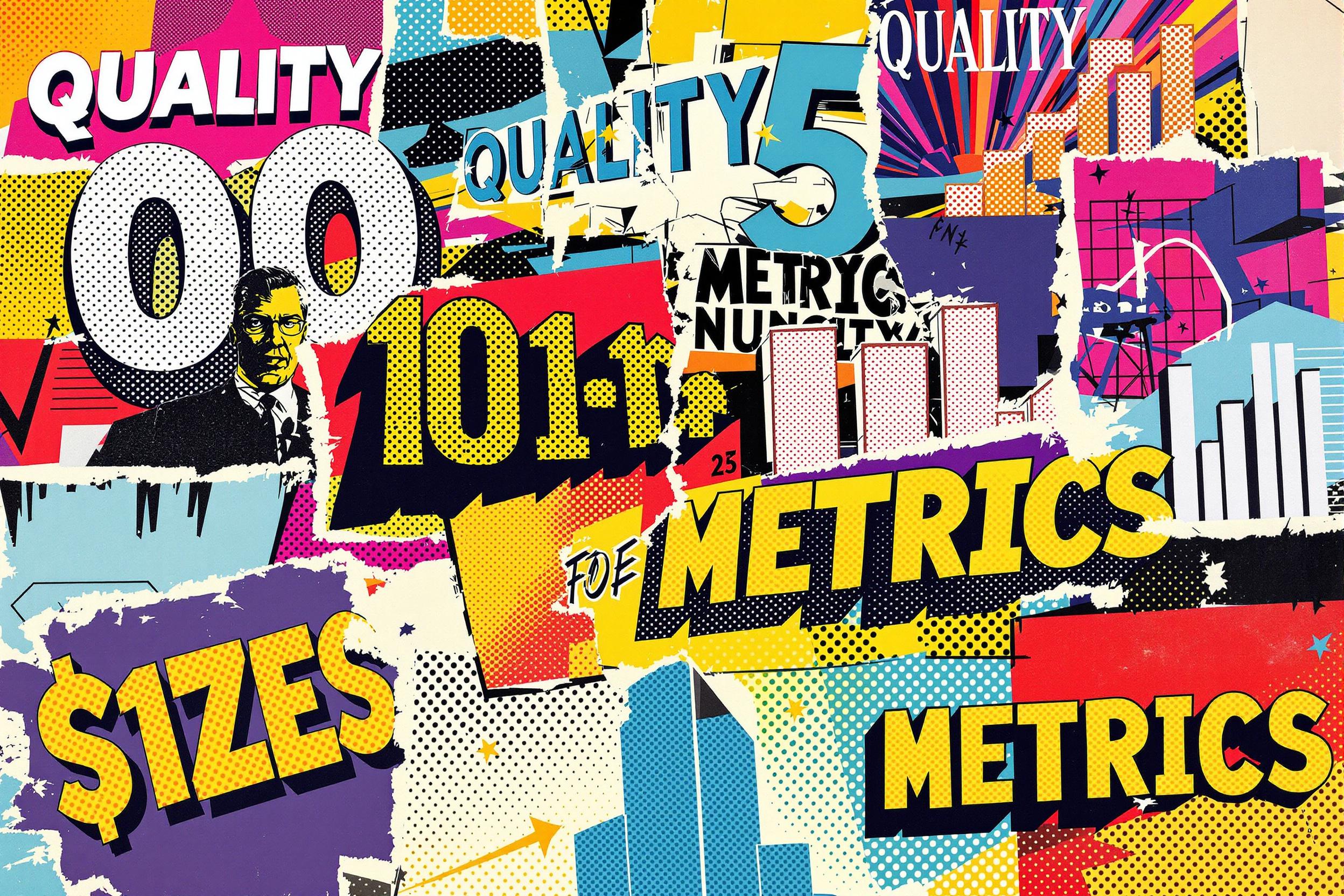
Finished Product Testing
Finished Product Testing is the final step in quality control where items are checked before they're sent to customers. It's like a final inspection to make sure products work correctly, look right, and meet all required standards. This can include checking how things work, measuring them, testing their durability, and making sure they're safe to use. Think of it as the last checkpoint that helps prevent faulty products from reaching consumers. This role is crucial in manufacturing, consumer goods, electronics, and other industries where product quality matters.
Examples in Resumes
Conducted Finished Product Testing on 200+ units daily to ensure compliance with quality standards
Led team of 5 technicians performing Final Product Testing and quality assessments
Developed new Finished Product Testing procedures that reduced defect rate by 15%
Implemented automated End Product Testing systems to improve efficiency
Typical job title: "Quality Control Testers"
Also try searching for:
Where to Find Quality Control Testers
Professional Organizations
Online Communities
Job Boards
Example Interview Questions
Senior Level Questions
Q: How would you implement a new quality control testing program from scratch?
Expected Answer: A strong answer should cover creating testing procedures, training staff, setting quality standards, implementing documentation systems, and establishing feedback loops with production teams.
Q: How do you handle conflicts between meeting production targets and maintaining quality standards?
Expected Answer: Should demonstrate experience in balancing production speed with quality, communicating with management, and making data-driven decisions to support both goals.
Mid Level Questions
Q: What documentation do you maintain for quality control testing?
Expected Answer: Should mention test reports, defect logs, corrective action reports, and tracking quality metrics over time.
Q: How do you train new testers on product inspection procedures?
Expected Answer: Should describe creating training materials, hands-on demonstration, supervision methods, and ways to verify competency.
Junior Level Questions
Q: What steps do you take when you find a defective product?
Expected Answer: Should explain basic procedure: isolating the product, documenting the defect, notifying supervisor, and following company protocol for defective items.
Q: What tools do you use for product testing?
Expected Answer: Should be able to list basic quality control tools like measuring devices, inspection checklists, and standard testing equipment relevant to their industry.
Experience Level Indicators
Junior (0-2 years)
- Basic product inspection techniques
- Using quality control checklists
- Recording test results
- Following testing procedures
Mid (2-5 years)
- Leading quality control teams
- Developing test procedures
- Problem-solving quality issues
- Training new inspectors
Senior (5+ years)
- Quality program management
- Process improvement
- Team supervision
- Quality metrics analysis
Red Flags to Watch For
- No attention to detail in their own application
- Cannot explain basic quality control concepts
- No experience with documentation or reporting
- Poor communication skills
- Lack of experience with measurement tools
Related Terms
Need more hiring wisdom? Check these out...

Navigating Compliance: Structuring On-the-Job Training in Regulated Industries

Stop Chasing Unicorns: How to Finally Improve Candidate Quality Metrics (and Actually Enjoy Hiring)

Micro-Internships: The Game-Changer in Project-Based Learning

